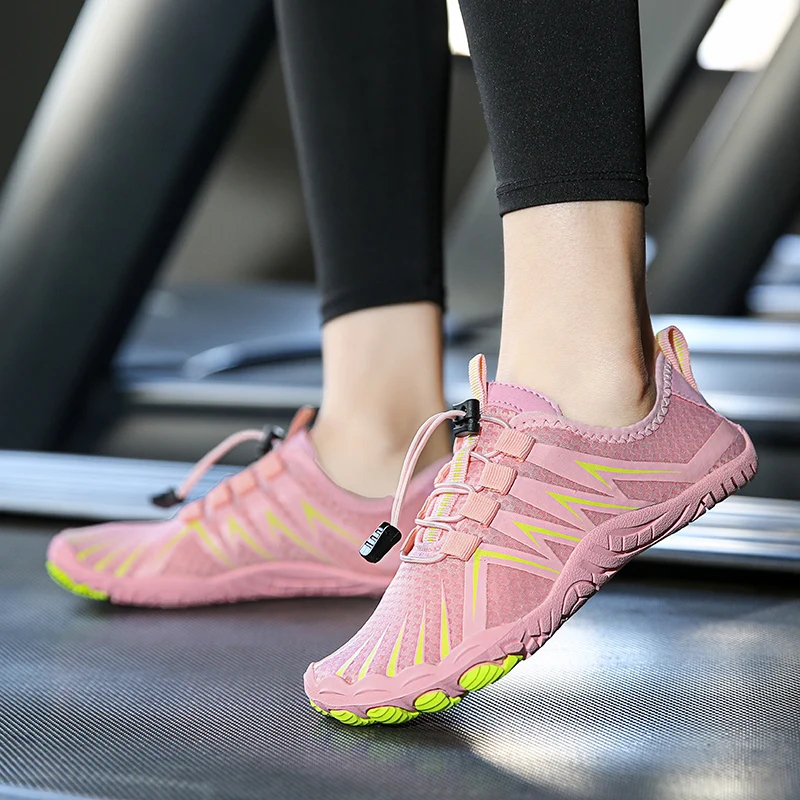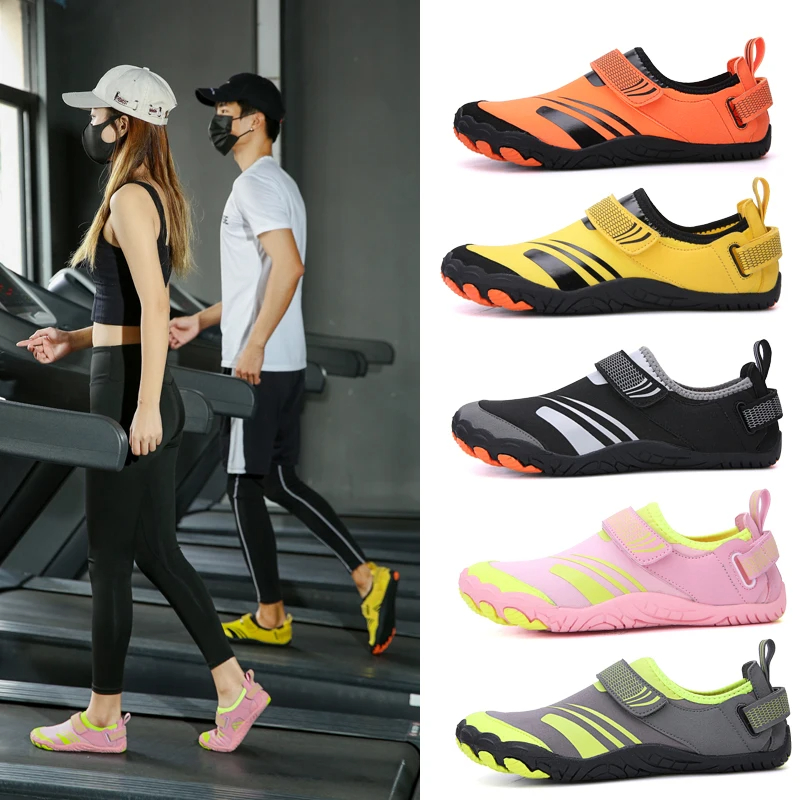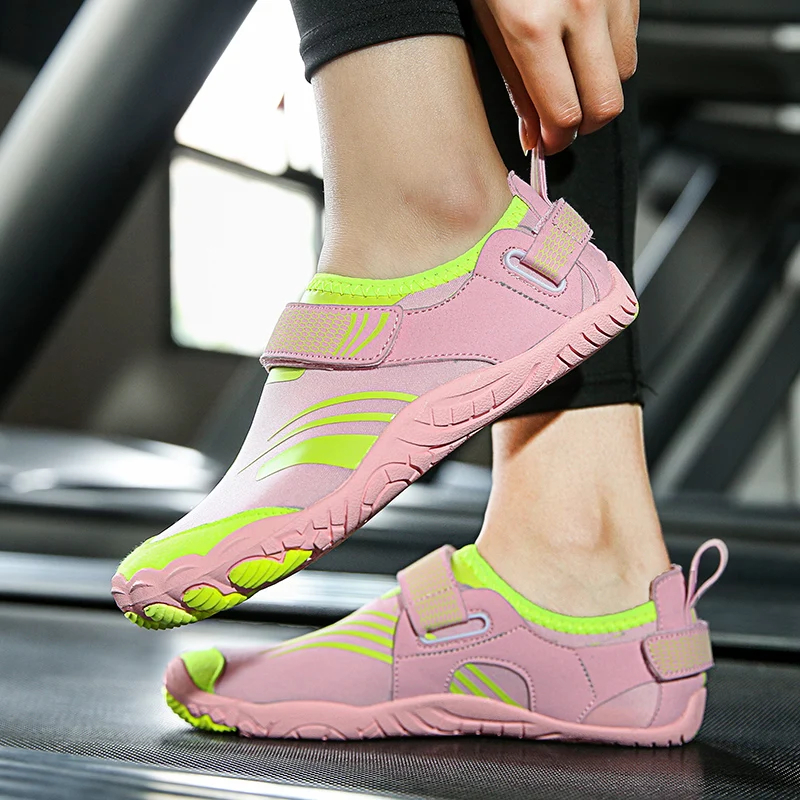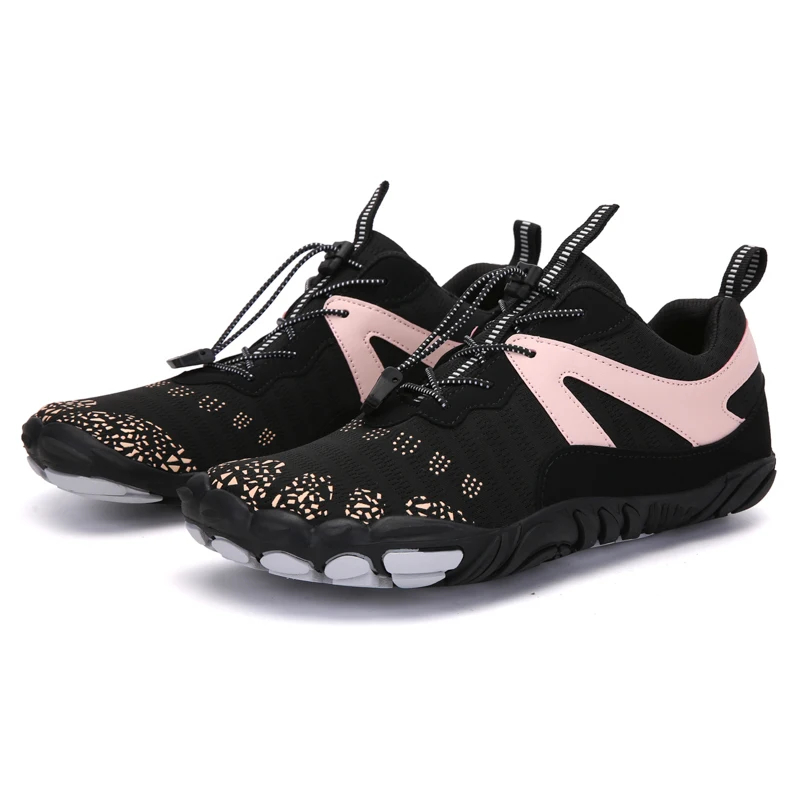Introduction: Stepping Up Your Game
When it comes to hitting the gym and crushing your fitness goals, having the right gear is essential. And one of the most important pieces of equipment for any weight training session is a reliable pair of shoes. Women’s weight training shoes are specifically designed to provide the stability, support, and traction needed to perform exercises safely and effectively. In this comprehensive guide, we’ll explore everything you need to know about women’s weight training shoes, from key features and benefits to popular styles and brands.

Understanding the Importance of Proper Footwear
The Foundation of Your Workout: Your feet are the foundation of every movement you make during a workout. Whether you’re lifting weights, doing squats, or performing lunges, having proper footwear is crucial for maintaining proper form and preventing injuries. Women’s weight training shoes are specifically designed to provide the stability and support needed to keep you safe and comfortable during your workouts.
Stability and Support: When lifting heavy weights, stability is key to maintaining balance and preventing injury. Weight training shoes feature a flat, stable sole that helps distribute weight evenly and provides a solid base for lifting. Additionally, many weight training shoes have straps or laces that can be tightened to further enhance stability and support.

Key Features to Look For
Flat Sole: Unlike running shoes, which have cushioned soles designed for shock absorption, weight training shoes have flat soles that provide a stable platform for lifting. This helps ensure proper form and technique while performing exercises like squats, deadlifts, and overhead presses.
Wide Base: A wide base helps distribute weight evenly across the foot, providing stability and support during heavy lifts. Look for weight training shoes with a wider toe box and midfoot area to accommodate the natural splay of the foot and prevent pinching or discomfort.
Heel Support: Many weight training shoes feature a slightly elevated heel, which helps improve ankle mobility and allows for a deeper squat position. This can be especially beneficial for individuals with limited ankle flexibility or mobility issues.
Durable Construction: Quality construction is essential for any pair of weight training shoes. Look for shoes made from durable materials that can withstand the rigors of regular workouts, including reinforced stitching, sturdy overlays, and abrasion-resistant outsoles.

Popular Styles and Brands
Nike Metcon: The Nike Metcon line is a favorite among many women weightlifters for its durability, stability, and versatility. With features like a flat, stable sole, a wide toe box, and a supportive heel, Nike Metcon shoes are designed to excel in a variety of weightlifting exercises.
Reebok Nano: Reebok Nano shoes are another popular choice for women’s weight training. Known for their durability and flexibility, Reebok Nano shoes offer a comfortable fit and excellent support for lifting heavy weights.
Adidas Powerlift: Adidas Powerlift shoes are designed specifically for powerlifting and weightlifting. With features like a high-density midsole, a wide heel base, and a secure strap closure, Adidas Powerlift shoes provide the stability and support needed for heavy lifts.
Choosing the Right Fit
Proper Sizing: When choosing weight training shoes, it’s important to ensure a proper fit. Look for shoes that provide enough room for your toes to wiggle without feeling too loose or tight. Additionally, consider trying on shoes later in the day when your feet are slightly swollen, as this can affect fit.
Comfort and Support: Pay attention to how the shoes feel on your feet. They should provide ample support and stability without causing discomfort or pressure points. Walk around in the shoes and perform a few bodyweight exercises to ensure they meet your needs.
Try Before You Buy: Whenever possible, try on weight training shoes before making a purchase. Visit a specialty athletic store or a fitness equipment retailer to try on different styles and brands, and don’t hesitate to ask for assistance from knowledgeable staff members.

Maintaining Your Weight Training Shoes
Proper Care: To ensure the longevity of your weight training shoes, it’s essential to properly care for them. After each workout, remove any dirt or debris from the shoes with a soft brush or cloth. Allow them to air dry completely before storing them in a cool, dry place away from direct sunlight.
Regular Cleaning: Depending on how often you use your weight training shoes and the intensity of your workouts, you may need to clean them regularly to prevent odor and bacteria buildup. Use a mild detergent and water to gently clean the exterior of the shoes, being careful not to saturate them. Allow them to air dry thoroughly before wearing them again.
Replacement Schedule: Even the highest-quality weight training shoes will eventually wear out with regular use. Pay attention to signs of wear and tear, such as worn outsoles, frayed stitching, or loss of support. As a general rule of thumb, consider replacing your weight training shoes every 6-12 months or as needed to maintain optimal performance and support.
Tips for Getting the Most Out of Your Weight Training Shoes
Warm-Up Properly: Before diving into your weight training session, take the time to properly warm up your muscles and joints. This will help improve blood flow, flexibility, and mobility, reducing the risk of injury during your workout.
Focus on Form: While wearing your weight training shoes, focus on maintaining proper form and technique during exercises. Pay attention to your body alignment, engage your core muscles, and avoid compensating with other body parts to lift heavier weights.
Gradually Increase Weight: When progressing in your weight training program, aim to gradually increase the amount of weight you lift over time. This will help build strength and muscle mass safely, without putting excessive strain on your joints or risking injury.
Listen to Your Body: If you experience any pain or discomfort while wearing your weight training shoes, pay attention to these signals and adjust your workout accordingly. It’s important to listen to your body and give it the rest and recovery it needs to prevent overuse injuries.
Consider Orthotic Inserts: If you have specific foot issues or require additional support, consider using orthotic inserts in your weight training shoes. These customized inserts can help provide extra cushioning, stability, and support for your feet during workouts.

Conclusion: Stepping into Success
In conclusion, investing in a quality pair of women’s weight training shoes is essential for anyone serious about their fitness journey. With the right shoes, you can improve your stability, support, and performance in the gym, helping you achieve your goals safely and effectively. Whether you prefer the stability of Nike Metcon shoes, the durability of Reebok Nano shoes, or the specialized design of Adidas Powerlift shoes, there’s a perfect pair out there for you. So lace up, step into success, and crush your next workout with confidence!